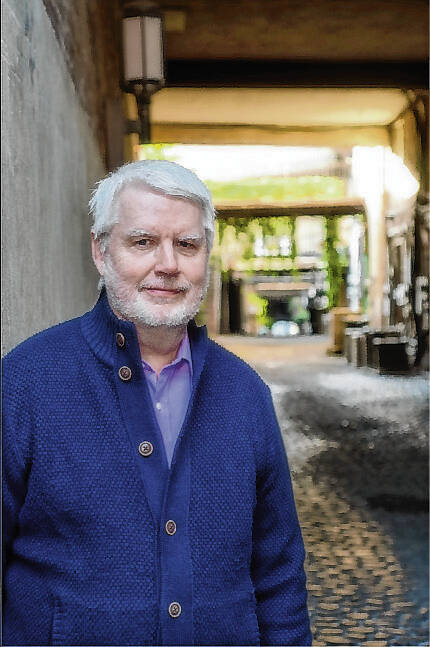Taos, New Mexico, is a town famous for many reasons. Taos Pueblo has been home to an Indigenous community of Tiwa ancestry for at least the past 1,000 years. Spanish conquistadors arrived in the late 16th century. Kit Carson lived in Taos in the 19th century, and then, beginning in the early 20th century, Taos attracted artists and writers.
Add that Taos has numerous ski runs in the surrounding mountains and it’s clear that the town has something for nearly everyone, from the anthropologist to the historian to the artist to the athlete.
I was in Taos at the invitation of a book club that had read one of my mysteries, “In the Clutches of the Wicked,” which is set in northern New Mexico. It was a return engagement, as years before I’d been invited to discuss another mystery in my Christopher Worthy and Father Fortis series.
There is little that pleases writers more than talking with and listening to thoughtful readers. The book club readers in Taos asked numerous questions about the characters in the mystery as well as twists in the plot. I am not ashamed to admit that several club members found a geographical mistake in the mystery. I’d put in a river where no river ran.
One comment in our discussion, however, made me pause and still has me thinking. One of the club members quoted a line that I’d written and asked me what I meant by it. I wasn’t surprised that I didn’t remember the line, as “In the Clutches of the Wicked” came out in 2019, and I’ve written four more mysteries in the series after that. I asked her to repeat the line, but when she did, I still drew a blank.
The reader was persistent, telling me the page number of the line. While I looked up the line, she explained that she’d found the line truthful and wanted to know what had led me to write it. Scanning the page, I saw that the line was a thought of one of my main characters who’d experienced a painful divorce. In the scene, he remembers photos of his family from happier times, photos that he’s never taken down from a wall. He asks himself, “Is it hope or sorrow that makes us preserve happy memories of the past?”
As I read over that line, I realized that I had no memory of ever writing it. The sentence was foreign to me, but the proof was right in front of me that I’d written it. As I studied the sentence, she shared something personal, that she’d also kept photos on a wall from happier times. She was now, like my character, wondering if it was hope or sorrow that led her do that.
As I looked up from the page to her face, I saw that this was no trivial question on her part. She hadn’t asked the question to try and stump me. She hadn’t asked the question to make herself look smart or clever. She’d asked her question because she had experienced what my character had experienced — the power of memory to arouse simultaneously two seemingly opposite feelings, hope and sorrow.
In that moment, our roles were reversed. It was as if she’d written the line and was now reading it to me and asking if I understood it. From the expression on her face, I could see that she understood my character’s thought better than I did. Yes, I had written those words, but she had lived them.
Viewers of a painting can see something in the work that the artist didn’t consciously intend. Similarly, readers of a poem can find meaning that the poet didn’t intend. The thoughtful reader in Taos had found a truth in a line that I’d written. What she wanted from me was some help to understand why hope and sorrow are not always opposites, but can be experienced together.
I’m sure whatever I said about the line was less than she’d hoped for. But she left us all with a challenge. Is sorrow what we feel when all hope is lost, or does an element of hope always remain in the sorrow that we experience, a belief that we can be happy once again?
David Carlson of Franklin is a professor emeritus of philosophy and religion. Send comments to [email protected].




